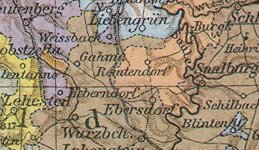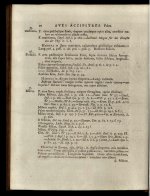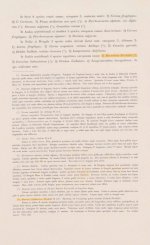Nilsson's Firecrest
And what about ...
• the invalid Firecrest "
Regulus Nilssonii" BREHM 1826 (
here) [Syn.
Regulus ignicapilla TEMMINCK 1820, earlier a k a
R. ignicapillus] ... also
here and
here (by Brehm, 1828). Does either one of those three Papers tell us where the type is/was located? All three in German (in that hard-to-read Fraktur Typeface).
Doesn´t Brehm, in the 1826 Paper (fist link above), tell us: ..
. noch 2 Arten in Deutschland, ja um meinem Wohnort zu entdecken." ...? That would mean something like: "... yet another 2 Species in Germany, discovered at my place of residence".
Indicating that the Type of "
Regulus Nilssonii" was collected in Germany. And if so, how about
this specimen (L824/3001, search for "
Regulus ignicapillus"), collected in 1824, at "Radathal" (
!?!), Germany, today kept in the collections of
Biologiska museet (The Biological Museum) , in Lund, southern Sweden (where professor Sven Nilsson worked and lived).
Anyone know if there´s a place called "Radathal" near the village Renthendorf, Thüringen (in Germany) where Christian Ludwig Brehm (1787–1864) worked and lived (from 1913, until he died)?
Anyone?
Note that the same Museum also have three specimens (L824/3009 - L824/3011) of the (Common) Goldcrest
Regulus r. regulus in their collection, all three collected in 1824, in "Renthendorf ".
Björn
PS. I can locate
Renthendorf (and "Rentendorf" on the
Map of Thuringian States 1890,
here, see excerpt
attached), but no sight of any "Radathal" ...








